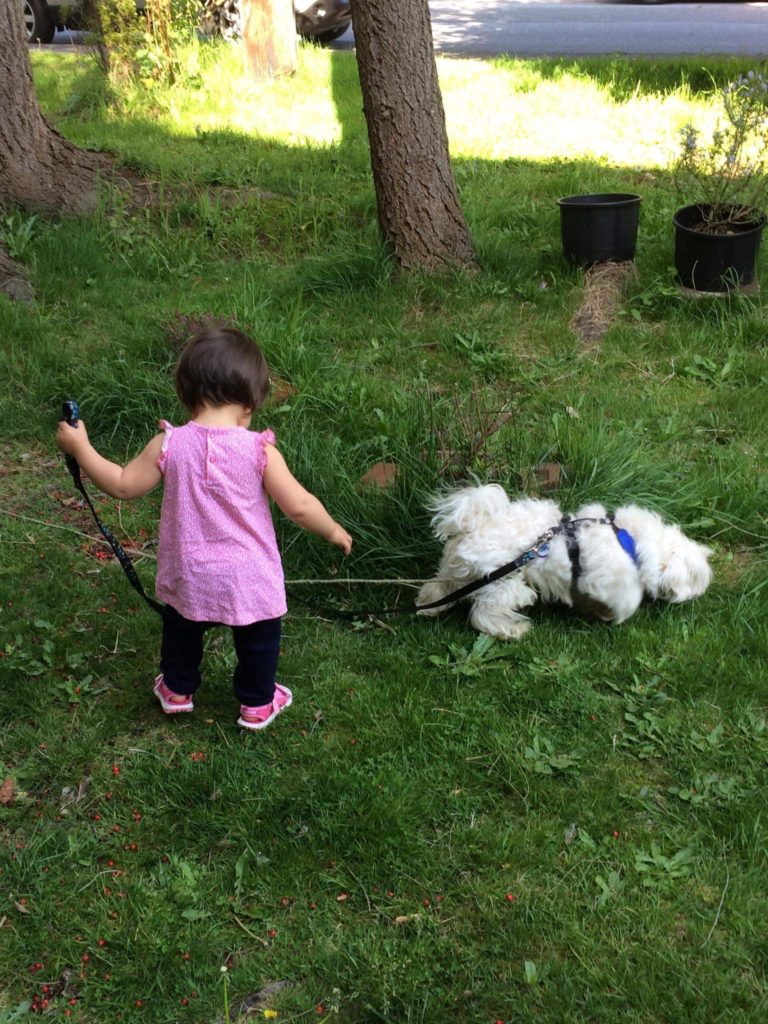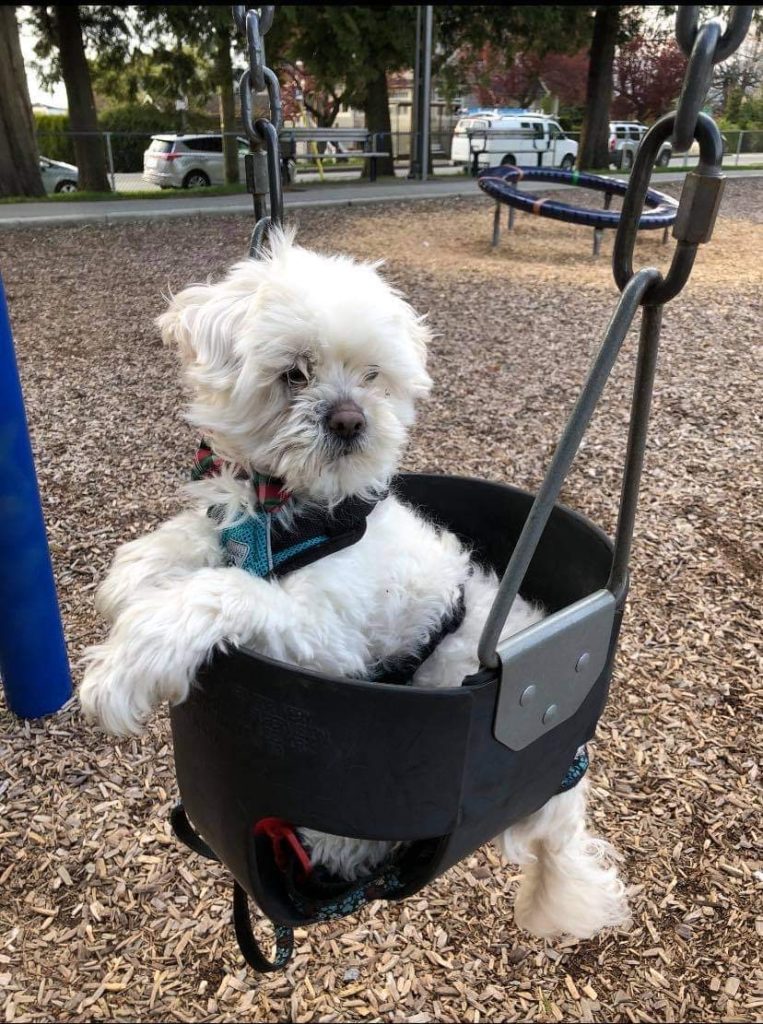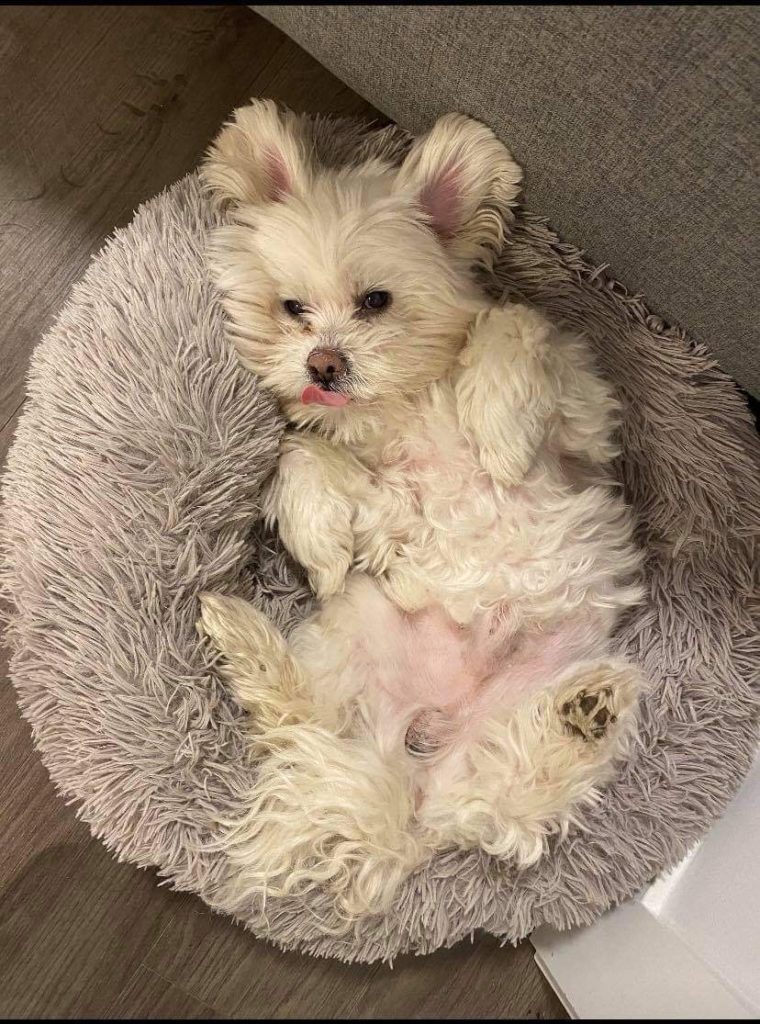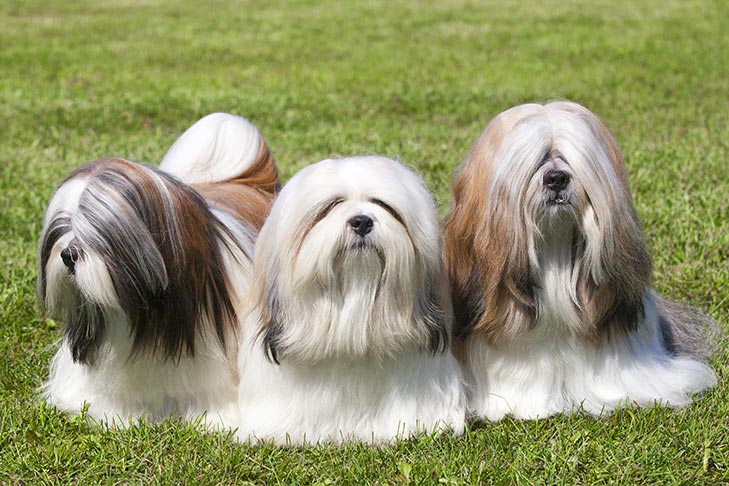The Lhaso Apso is an elegant small dog breed that traditionally has not been considered as a family dog. By nature they tend to be territorial and strong willed, and these traits are typically discouraged for families of young children. However, people who actually own the breed would say the strong willed, independent dog makes a loving companion to children of all ages.
This small-dog breed has a long history, they served as sentinel dogs at palaces and Buddhist monasteries isolated high in the Himalayan Mountains, thousands of years ago. Explore the ancient wisdom of the Lhasa Apso.
Lhaso Apso Stats:
Group: Non-Sporting
Weight: 5.5-8.5KG (12-18 lbs)
Hieght: 10-11 inches (25-28 cm)
Lifespan: 12-15 years

The Lhaso Apso is a small dog with big character. Lhaso is very independent, confident and witty. These dogs are smart and also stubborn. Unlike some breeds that are willing to please, Lhaso is too independent and strong willed for that. Although they are trainable, they do better when trained on their terms. They are of average trainability in comparison to other dog breeds. They are extremely loyal and loving to their family, and aloof with strangers. They may bark on occasion but are generally quiet observers of their surroundings.
Lhaso Apso Grooming
People are always curious about the Lhaso’s regal coat. Traditionally worn long and parted down the center, their fur lies straight and flat over both side on their body. These dogs require daily brushing when the hair is kept long, and require bathing about every 2 weeks. Many Lhaso owners get their dog professionally groomed. If the owner prefers shorter hair on their Lhaso, they can also get a “puppy cut”, which is an all over short hair trim leaving the Lhaso’s hair appearing curly and fluffy and enhances their facial features of big eyes and a tiny, delicate nose. Lhasos with a “puppy cut”, are so cute that people have often commented that they look like teddy bears.

How Much Exercise Does Lhaso Apso Need?
Lhaso Apso is more independent than other dog breeds. Although they are a convenient size , they are not known to be “lap dogs”. Lhasos create their own entertainment and can occupy themselves. They do enjoy going out for walks and are rated as having moderate exercise requirements. Exercising Lhaso’s brain and body are equally important. As much as Lhaso Apso is independent by character he or she will enjoy playing and walking with you. They make good apartment dogs to owners who enjoy daily outings with them. They also manage well in a single family home setting where they may have yard access. But I always encourage daily dog walking. As the two of you bond and spend time together, both of you are benefiting from the experience!

Lhaso Apso Health
These dogs are usually healthy and robust. Before you get your dog make sure you know their health history. It may not always be easy to learn your dogs health history when you adopt a shelter dog. Generally, Lhaso can be at risk of:
- Moderate to severe kidney disease. This does not affect all dogs but may take time before it is able to be diagnosed. Generally, early stages are controlled by diet and may require medication.
- Eye issues. Lhaso is prone to eye problems such as dry eye, progressive retinal atrophy (PRA), and cherry eye. Dry eye is treated with eye drops and diet, may worsen with age but is generally not a progressive condition and will not cause blindness alone. PRA is progressive deterioration of the retina which is genetically inherited and there is no treatment or cure to date. Researchers are continuing to explore genes that cause PRA and are working on treatments but so far a diet of antioxidants and vitamins has not shown to change or delay the course of PRA. Although a diet of antioxidants and vitamins may delay cataract inflammation, it will not prevent it. Unfortunately, PRA will lead to blindness as the disease progresses. Cherry eye is medically referred to as a prolapsed gland of the nictitans. It occurs when the third eyelid (nictitating membrane) prolpases. Although it looks alarming, it is not usually painful, but may be itchy or uncomfortable causing the dog to want to rub at it. Cherry eye requires veterinarian assessment and surgery.
- Luxating Patella – or “Slipping knee cap”. The dog may skip steps with one leg when walking or hold up a leg and run on only 3 legs. Seek veterinarian consult as only some cases are operable, the sooner the better. Luxating Patella is treatable with usually good outcomes when treated early and on younger healthier dogs.
- Hip Dysplasia – Painful genetic and progressive condition where the dog losses mobility in their hind legs and becomes stiff. Treatment involves surgery, controlled diet and controlled exercise and rehabilitation.
Not all Lhaso Apso’s will be affected by the above conditions. These are just predispositions that this breed is susceptible too. Awareness and preparation helps owners manage their dog’s condition to the best of their abilities. Work with a veterinarian that you trust and are comfortable with so that you can both maximize the life of your dog.
Tell Us About Your Lhaso Apso
Do you have a Lhaso as a family dog? Tell us how they fit well with your family.


